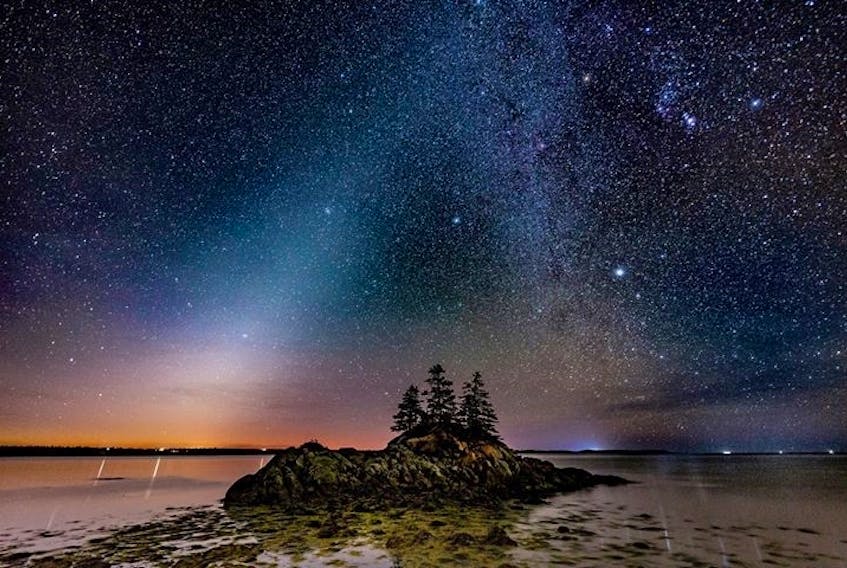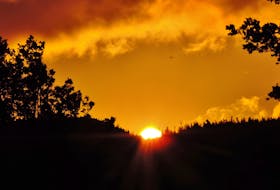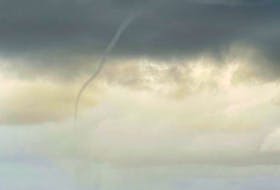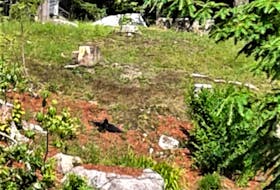Dawn: when the morning twilight heralds a new beginning; some say it’s the most peaceful time of the day.
There is no disputing that dawn is real, but have you ever heard of false dawn? Well, right now, regardless of where you live, weather permitting, you can see this lovely optical phenomenon, also known as the “zodiacal light.” The large, faint wedge of light becomes visible just before sunrise in the northern hemisphere for a few weeks around the time of the fall equinox. The eerie glow is caused by the sun’s light reflecting off dust particles floating in the inner portion of our solar system. These microscopic particles are left over from the birth of our solar system and are known as cosmic dust.
How will you recognize it?
The zodiacal light looks like a tilted cone of light; it’s triangular and has a whitish glow that appears to extend up from the vicinity of the sun along the ecliptic. The ecliptic is the line along which the planets orbit, against the backdrop of the fixed stars.
What do you need to see it?
Interestingly, the zodiacal light can only be seen with the unaided eye, and not through any optical instruments such as binoculars or telescopes because of its large size and low surface brightness.
Where do you look?
Look towards the east in the pre-dawn hours. You should see a pyramid-shaped glow rising from the horizon to a height halfway to the zenith – the point in the sky directly overhead. If you can, try to get away from the city lights and find a location with no town or city east of your location.
This little known and very mysterious glowing light is worth a look!
- Visit your weather site.
- Have a weather question, photo or drawing to share with Cindy Day? Email [email protected]
Cindy Day is the chief meteorologist for SaltWire Network.









